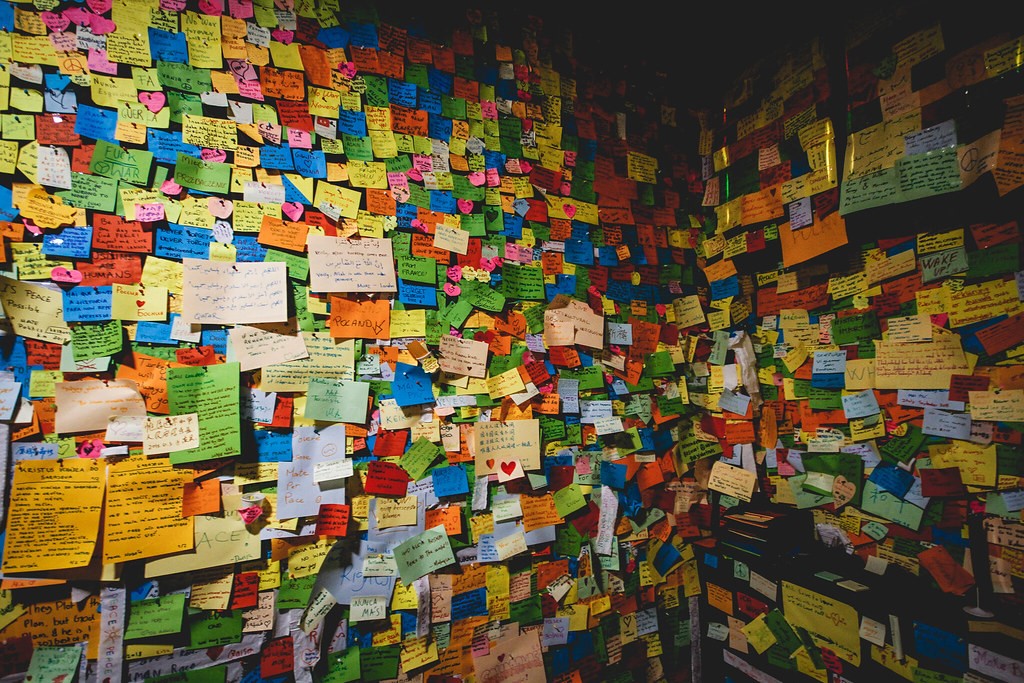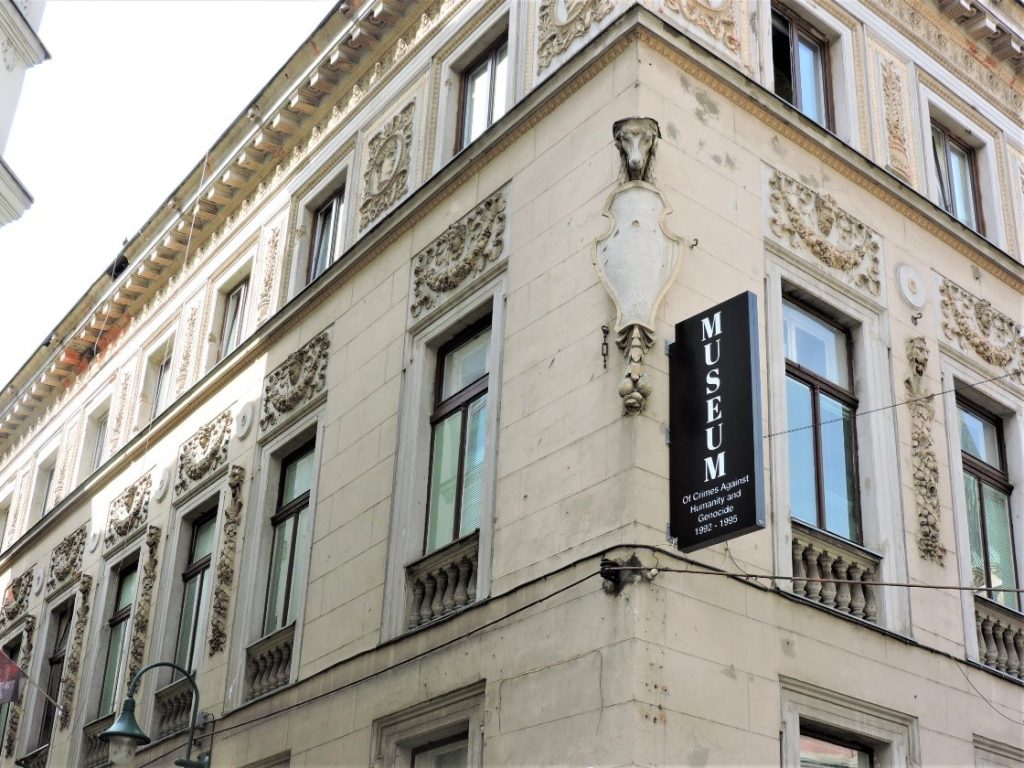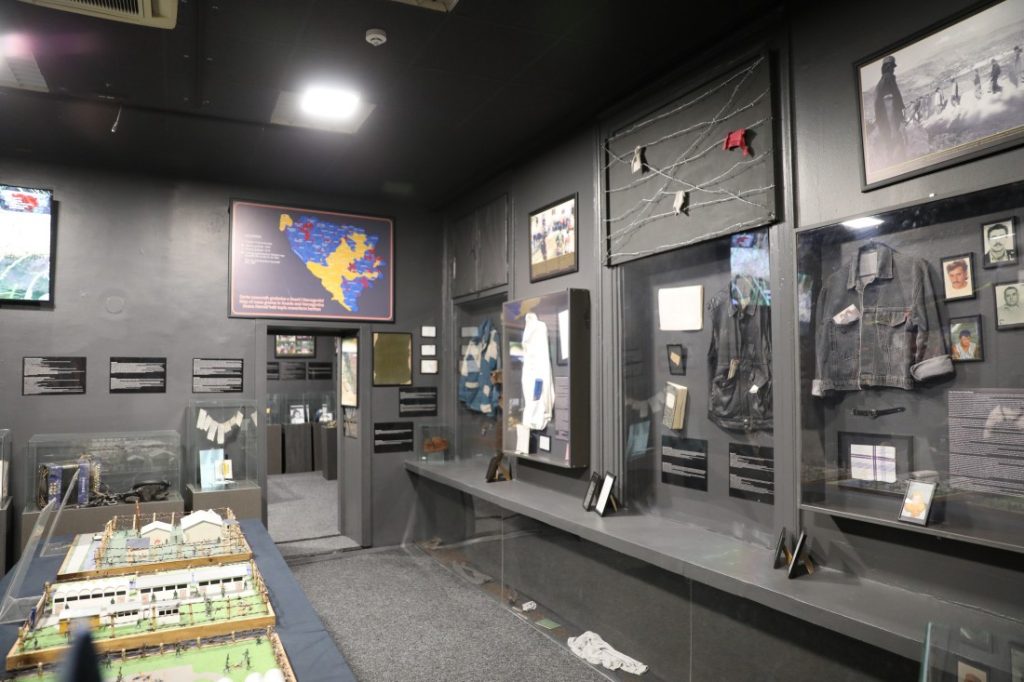The Museum of Crimes Against Humanity and Genocide in Sarajevo, Bosnia and Herzegovina offers a sobering journey into the darkest chapters of the region’s recent past. Located in the heart of the old city of Sarajevo, this museum is much more than an exhibition space-it’s a face-off against the human cost of hatred and war.
Through intimate survivor testimonies, personal artifacts, and multimedia displays, the museum narrates the Bosnian War (1992-1995) and the genocide that occurred at Srebrenica in July 1995.
The theme of the museum is not only Bosnia but also the general human experience of loss, resilience, and justice. It makes the visitors think about their own participation in the prevention of such horror. In a place where silence speaks louder than words, the visitor is invited to remember, reflect, and act in every corner.



